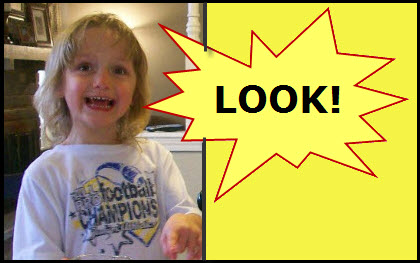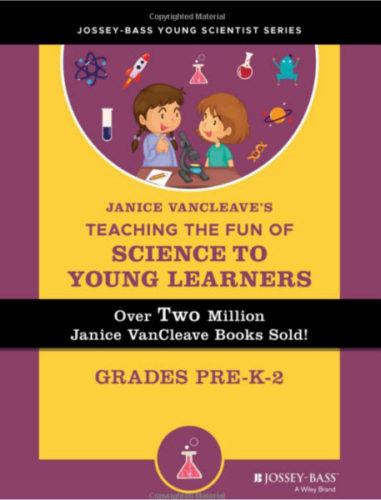 Science Investigation that Encourage Kids to Observe, Predict, and Experiment.
Science Investigation that Encourage Kids to Observe, Predict, and Experiment.
Let’s Find Out About Melting
The two states of matter that kids need to identify in this investigation are: Solid and Liquid.
With help from your students, make a list of examples for each, such as:
Solids–chocolate candy, ice, candles, etc..
Liquids-water, soda, milk, etc…
Explain that when something melts, it changes from a solid to a liquid. Demonstrate the melting of several things, such as a candle and a piece of chocolate candy.
Candle: Let kids examine birthday candles. You want them to be able to identify the candles as being solid.
Talk about celebrating birthdays with candles on a cake.
When birthday candles are lit, what happens to the candles?
Encourage kids to give answers even if they are wrong. Then use the following to encourage responses from the kids.
” Are you telling me that the candles melts?
“UUM! This means that the solid candle turns into a liquid.”
“WOW! The solid candle wax turns into liquid wax.”
“What happens to the liquid wax?”
“You sound like you know what you are talking about, but since we are scientists, we need to light a candle to make sure your predictions are correct.?
Use a tall candle so that kids can easily see it. With the candle in a holder, light the candle’s wick. Soon the candle will begin to melt. Make a point to discuss the burning wick and that it is heating the candle wax.
What happens when the candle gets hot? (the candle wax melts)
Where is the wax melting? (near the flame)
What does the candle wax need to melt? (heat energy)
Would the candle melt if it were placed in sunlight? (Yes. It might take longer. Good idea to test this by placing a candle outdoors or in a window that receives direct sunlight.)
Chocolate Candy: Ask kids what they think would happen if you squeeze a piece of chocolate candy in your hand. Encourage kids to describe what they think will happen. Encourage them with these questions:
1. Will the candy change shape? (solids keep their shape, but liquids take the shape of their container)
2. Will the candy spread out? (liquids spread out)
As before, as scientists they need to always test their predictions.
Since this is a little messy, prove this by placing a piece of chocolate candy in your hand. Squeeze your hand tightly around the candy. Open your hand periodically so the kids can see if the chocolate has changed. When the candy has melted enough to change shape, ask:
What happened to the candy? (It melted.)
What caused the candy to melt? (The candy absorbed heat from your hand. This heat caused the solid to change to a liquid.)
More Fun With Melting
Show kids some type of ice chest and explain that this type of container keeps things colder longer.
Say: “Since we are scientists, we should experiment to make sure that ice chests keep things cooler longer.” Any idea about experiments we could do?
Kids may not give testable ideas, but make sure to praise them for their ideas. If possible, use one or more of their ideas.
Ideas for testing the ability of an ice chest for keeping things cooler longer.
1. Use something that will melt at room temperature, such as ice and/or ice cream.
Ice: Place the same number of ice cubes inside the cooler and outside the cooler. Make sure to use the same type of container for the ice cubes–a bowl, cup, saucer, etc….
Ice cream: Place the same amount and kind of ice cream inside and outside the cooler. As with the ice cubes, put the ice cream in the same type of container.
More About Melting
Test the ability of different containers to keep things cooler. Use ice or ice cream and kinds of containers, such as:
*Styrofoam cup, paper cup, plastic cup
Make sure that you use the same amount of ice or ice cream in each cup.
Also place the cups together so that their environment is the same.
While ice cream might be fun, it will be messier to work with. Ice cubes will give the same result with less mess. But then, while the kids are waiting for the results, they could do a taste testing with the ice cream–
If they put a spoon of ice cream in their mouth, how long does it take the ice cream to melt. If they do this together, they could raise their hand when the ice cream melts. FUN!
The book is designed to help young students catch the “science bug”
Teaching the Fun of Science to Young Learners
The book’s 75 lessons and reproducible activities touch on all areas of science and provide the key to a world of science magic and mystery. While kids will have fun doing the activities and learning to love science, they are also being encouraged to develop other skills, including reading, writing, math, and art.
(Paid Link)
